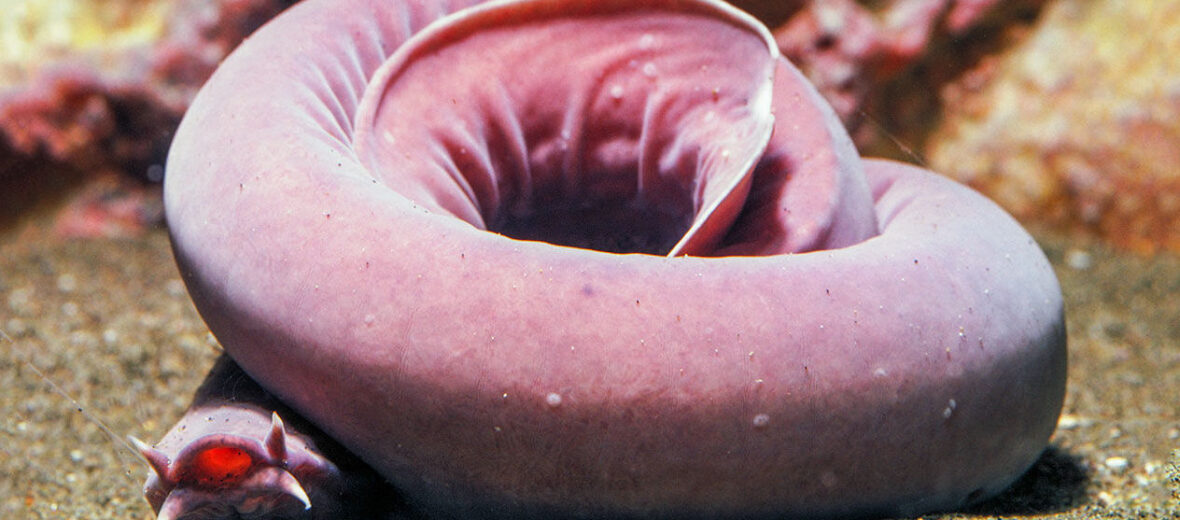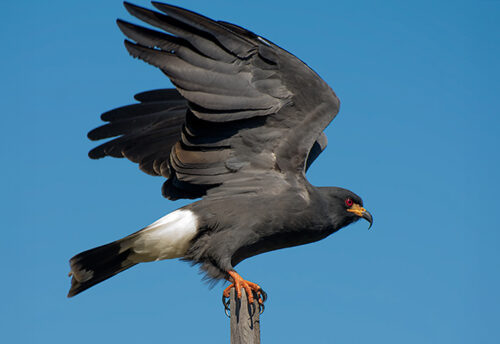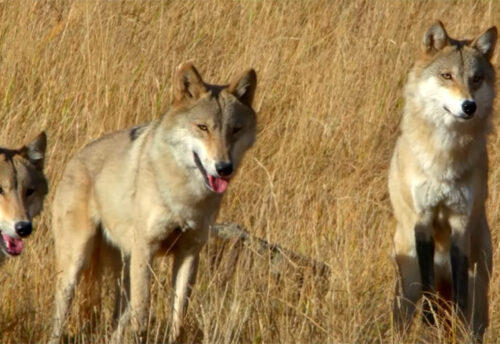
Hagfish are eel-shaped, slime-producing marine fish that live their lives eating mostly dead flesh of fallen ocean victims. They can also burrow their way into living marine creatures! These critters use their specialize teeth and mouthparts to burrow inside the bodies and strip flesh to the bone. They also have a nasty defense in that they release a large amount of stringy, sticky slime.
First the Stats…
Scientific name: Myxini
Weight: Up to 3 lbs.
Length: Up to 20+ inches
Lifespan: Up to 40 years
Now on to the Facts!
1.) There are approximately 76 known species of hagfish.
2.) The hagfish lives in cold water and at depths of up to 5,500 feet!
3.) Even though these fish lack jaws, hagfish have do have two rows of keratin-based tooth-like structures that they use to burrow into carcasses!
4.) Hagfishes have changed little in 300 million years.
5.) These eel-like creatures can absorb nutrients straight through their skin. Although they prefer to eat with their specialized mouthparts.
But wait, there’s more on the hagfish!
6.) To thwart predators or food competitors, the hags excrete an abundance of sticky slime from special organs along the sides of their bodies. This slime expands when it comes into contact with sea water.
7.) To keep from choking on its own slime, a hagfish can expel out (sneeze) its slime-filled nostrils, then tie its body into a knot and slide through that knot to keep the slime from dripping onto its face.
Did you know…?
It has been touted that the hagfishes can produce gallons of snot-like slime in just minutes!
8.) They are food for for fish, seals, and seabirds. Well, as soon as they can get past the slime.
9.) Hagfish have a simple circulatory system that has 4 hearts: 1 works as the main pump, the other 3 serve as accessory pumps.
10.) Due to slow metabolisms, these critters can go months without a meal.
Now a Short Hagfish Video!
Also, check out the Critter Science YouTube channel. Videos added frequently!
Want to suggest a critter for me to write about? Let me know here.



